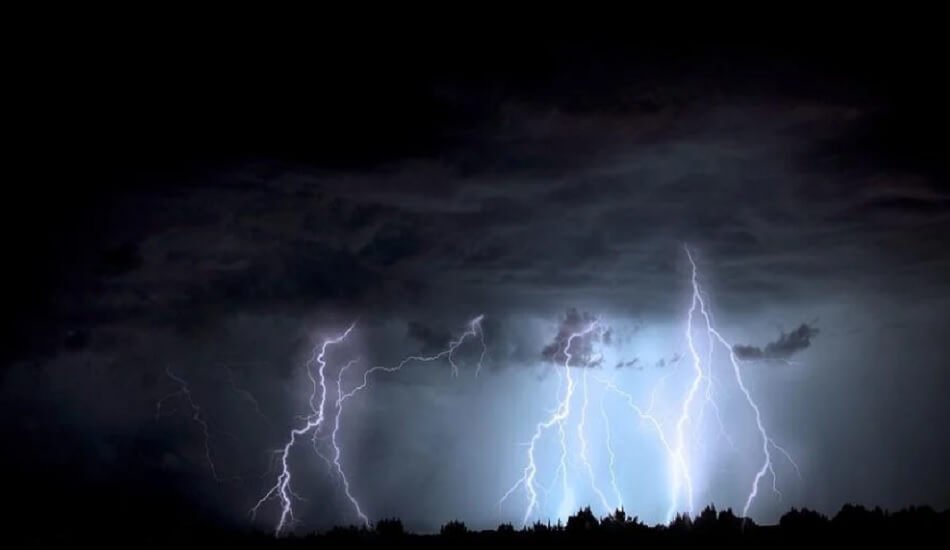The monsoon 2022 forecast has been upgraded by the IMD
The India Meteorological Department (IMD) said on Tuesday that the country’s rainfed areas are likely to experience above-normal rains during this year’s monsoon season, while some parts of the highly irrigated North-West region may receive below-normal rainfall. This could help the nation harvest another bumper crop of foodgrains, relieving supply-side pressure on commodities.
‘The rainfall during the current monsoon season (June-September) is expected to be 103% of the long-term average (LPA), with a model error of plus/minus 4%,’ Director-General Mrutyunjay Mohapatra of the IMD said in a newly released forecast. In April, the IMD estimated the seasonal precipitation to be 99 percent of LPA. The 50-year average (from 1971 to 2020) of 87 cm of precipitation is considered the LPA for the entire nation.
According to the IMD, normal four-month monsoon season precipitation ranges from 96 to 104 percent of the long-period average. Also Read | IMD anticipates that India will experience moderate monsoon rains in 2022.
Above average in essential areas
The monsoon core zone (primarily rainfed areas), extending from Gujarat to Odisha, is expected to receive more than 106% of the LPA, according to Mohapatra, who added that central India, including Madhya Pradesh, Maharashtra, and Gujarat in particular, may have a good distribution this year.
India will likely experience a normal monsoon for the fourth consecutive year. India had previously experienced a normal monsoon between 2010 and 2013. The IMD director general predicted that India could experience normal monsoons in the near future, as the decadal period of below-normal rainfall was coming to a close.
The IMD predicts that the monsoon will be below normal in parts of east-central, east, and north-east India, as well as the extreme south-west of peninsular India.
La Nina to continue
‘The southwest monsoon seasonal rainfall is most likely to be above normal for Central India (>106% of LPA) and South Peninsula (>106% of LPA) among the four homogeneous regions. IMD stated in a statement that rainfall is most likely to be normal in Northeast India (96-106 percent of LPA) and Northwest India (92-108 percent of LPA).
Mohapatra also predicted that the current La Nina conditions, which refer to the cooling of the equatorial Pacific region, would persist until August. La Nina is associated with increased monsoon rainfall in India, whereas El Nino is associated with decreased rainfall.
Also Read | IMD to install agro-automatic weather stations at 200 districts across country.
However, the potential development of a negative Indian Ocean Dipole (IOD), which refers to cooler-than-average sea surface temperatures in the Indian Ocean, could result in below-average precipitation in the extreme south-western peninsula, which includes Kerala and Tamil Nadu. Currently, IOD conditions are neutral, but many global models have predicted that a negative IOD will develop during the monsoon season.
When asked about the criticism IMD received for its ‘hurried’ declaration of the monsoon’s arrival in Kerala, Mohapatra stated that the weather office followed a scientific process to declare the onset and progression of the monsoon. According to him, 70 percent of the weather stations in Kerala reported widespread precipitation, and other parameters relating to strong westerly winds and cloud formation in the region were met.


















Add Comment